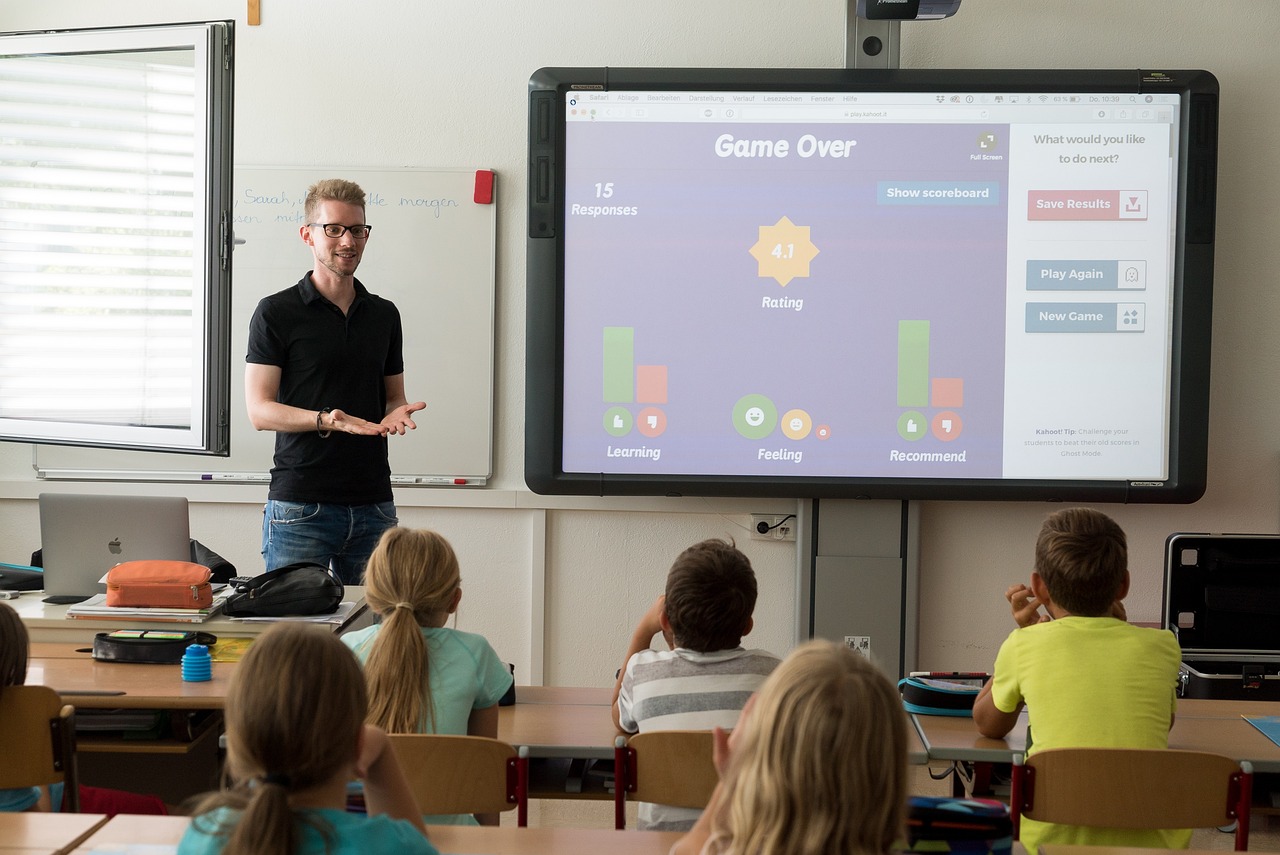The importance of education has never been greater than it is today.
Over the years, curriculum design has become critical in teaching and learning. In fact, there is no doubt that curriculum design is the cornerstone of any successful educational program.
Curriculum design plays a significant role in the teaching and learning process. It involves planning, creating, evaluating, and revising instructional materials for different educational contexts.
A well-designed curriculum allows teachers to create meaningful instruction that meets the needs of their students. It also helps them align learning objectives with assessment and evaluation so that students can develop the skills and knowledge necessary to be successful.
This article explains a step-by-step guide to curriculum design and how it can help create a better learning environment for students.

1. Learning Goals and Objectives
The first step to creating an effective curriculum is establishing clear learning goals and objectives. These should be realistic, measurable, and achievable so that every student has a chance to succeed.
The objectives must reflect the desired outcomes and align with existing standards or benchmarks.
Aspiring professionals can opt for online PreK graduate programs to set their career in the education sector. The program can give them the skills and knowledge necessary to design effective curriculums. Furthermore, it also allows them to practice and apply their knowledge in real-world settings.
2. Instructional Strategies
The next step in curriculum design is to develop instructional strategies that best meet students’ learning needs and objectives.
It includes selecting appropriate materials, activities, and assessments and creating an effective lesson plan. It is essential to consider the various needs of students, such as their interests, capabilities, backgrounds, and learning styles.
And to ensure that the instruction is effective, it should be designed to meet the objectives of each student in the class.
3. Evaluation and Assessment
Curriculum design must also include a system for evaluating and assessing student learning. This consists of developing rubrics and assessment tools that measure students’ progress toward achieving their learning objectives.
It also involves setting up checkpoints throughout the curriculum that allow teachers to monitor students’ progress. It also allows teachers to provide feedback and make necessary adjustments to their instruction.
And finally, evaluation and assessment can help teachers identify areas where students are struggling or succeeding, which provides valuable insight into their progress.
4. Professional Development
Another important element of curriculum design is professional development. This includes providing teachers with the tools, resources, and strategies to implement the curriculum successfully.
Teachers should also have access to ongoing professional development opportunities to stay up to date on the latest teaching techniques and research. In addition, they should also have access to resources that allow them to collaborate and network with other educators.
Despite the complexity of curriculum design, it is essential to create an effective learning environment and ensure that all students have the opportunity to succeed. However, it is necessary to remember that the ultimate goal is to create an engaging and meaningful learning experience for all students.

5. Refinement
Every curriculum should also include a process of refinement. This involves consistently evaluating the curriculum and making adjustments based on feedback from students, teachers, and other stakeholders.
This is a crucial step to ensure that the curriculum continues to meet the needs of all stakeholders. It also allows educators to stay updated with current trends and research in their field. Moreover, it can help identify areas for improvement and ensure that the curriculum remains relevant.
6. Implementation
Once the design is complete, the next step is to ensure successful implementation. This requires adequate preparation and resources for teachers to carry out their instruction.
Additionally, it should include strategies for engaging students and providing meaningful feedback. This can help ensure that all students can make the most of the curriculum. And ultimately, successful implementation is essential for ensuring that all students reach their learning objectives.
7. Evaluation
After the implantation of the curriculum, it is essential to evaluate its effectiveness. This includes assessing the student’s performance and providing feedback to teachers.
It also involves collecting data from teachers and other stakeholders to understand the strengths and weaknesses of the curriculum. Additionally, this process can help identify areas for improvement to ensure that the curriculum remains relevant and meets the needs of all stakeholders.
One of the most necessary parts of evaluation is providing feedback to teachers and students so they can adjust the curriculum as needed.
8. Revision
Continuous revision is the best way to ensure that the curriculum meets its objectives.
This involves making adjustments based on feedback from teachers, students, and other stakeholders. It also involves making changes to ensure that the curriculum is up-to-date and responsive to the changing needs of students.
This is a crucial step in curriculum design and can make all the difference in creating an engaging and effective learning experience. Most importantly, ensuring that all students reach their learning objectives is essential.
9. Reflection
Once the curriculum has been implemented and evaluated, it is essential to reflect on the entire process. This includes reflecting on lessons learned and brainstorming ways in which the curriculum can be improved in the future.
Additionally, it is essential to recognize the efforts of all stakeholders and thank them for their contributions. This is a crucial step to ensure that the curriculum design process is a practical and rewarding experience for all involved. It also sets the stage for future curriculum design projects.
10. Documentation
Last but not least, it is essential to document all aspects of the curriculum design process. This includes creating records of decisions and changes made throughout the process.
Documentation can help inform future curriculum design projects and provide a valuable reference for all stakeholders. Additionally, it can help ensure the continuity of good practices and processes. In short, documentation is an essential part of any successful curriculum design project.

What is Curriculum Design?
The curriculum design process is a complex and demanding task. It requires careful planning, collaboration, and evaluation to ensure that all stakeholders are satisfied with the end product.
By following these steps, educators can create a successful curriculum that meets the needs of all stakeholders. With dedication and effort, this process can be an enjoyable and rewarding experience.
Lastly, document the process so all stakeholders can benefit from the experience.

I am Adeyemi Adetilewa, an SEO Specialist helping online businesses grow through content creation and proven SEO strategies. Proficient in WordPress CMS, Technical Site Audits, Search Engine Optimization, Keyword Research, and Technical Writing (Portfolio).
I help brands share unique and impactful stories through the use of public relations, advertising, and online marketing. My work has been featured in the Huffington Post, Thrive Global, Addicted2Success, Hackernoon, The Good Men Project, and other publications.

